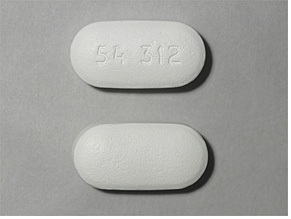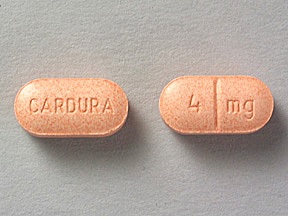Prescription Drugs That Sound and Look Alike
Prescription drug mistakes are more common than we would like to think. Sometimes the mistakes occur when your doctor prescribes a new prescription drug or when the dosage on your current medication is changed. It may happen when the prescription drugs sound alike or look alike. Adverse reactions may result from a medication mistake.
“700,000 emergency department visits and 120,000 hospitalizations are due to Adverse Drug Events (ADEs) annually.” Centers for Disease Control (CDC) August 14, 2012
For Example: These medications look alike.
| Drug Name: CIPROFLOXACIN HCL 500 MG TAB | ||||
Manufacturer: MARLEX PHARM.
|
||||
|
||||
| Uses: Clarithromycin is used to treat various bacterial infections. | ||||
These prescription drug names sound alike and may be confused by the pharmacist if the handwriting is not clear.
COUMADIN (warfarin) anticoagulant
CARDURA (doxazosin) blood pressure & urinary symptoms
SOLUTION
1. Request that the reason for the prescription and the name of the prescription be written down for you when you are given a prescription from your doctor. It should be written down separately from the prescription, which is given to the pharmacist so that you can compare the information. Also, request that the dosage be written down so that you can compare your actual prescription with the paper copy. This will ensure that the pharmacist has given you the correct medication and dosage.
2. Request a computer printout of your prescription or have your prescription sent to the pharmacy electronically (e-prescribe).
3. Examine the pill, vial or solution and compare it to the picture in our convenient pill identifier tool*. This way you can double check that you have the correct prescription ordered by your physician.
4. Use our convenient drug pricing tool and pharmacy locator to compare prices at your pharmacy. If you are looking for drug information or a pill identifier tool*, use the following link:
HELPFUL TIP
If you have questions about a specific medication, are unclear of how to take the medication, or concerned about side effects or drug interactions, use the pharmacy’s counseling service. This counseling service is confidential and can be used at any time. When you pick up a new or refilled prescription drug or if there some change in your prescription you can request to speak to the pharmacist.
Compare the dosage requirements and name of the prescription medication to ensure that it is exactly the same as your doctor wrote down for you. Also, check how many times your prescription may be refilled.
If there is something which doesn’t seem correct, speak to your pharmacist right away. Do not leave the pharmacy if you have questions or concerns about the prescribed medication or the dosing requirements. The pharmacist is there to help you and wants to make sure that you get the correct medication and understand how to take your medication. They can also call your doctor if there is confusion or concerns about the prescription.
Below is a fact sheet developed to focus on Patient Education.
WHAT YOU CAN DO TO AVOID MEDICATION ERRORS
Institute of Medicine of the National Academics July 2006
















